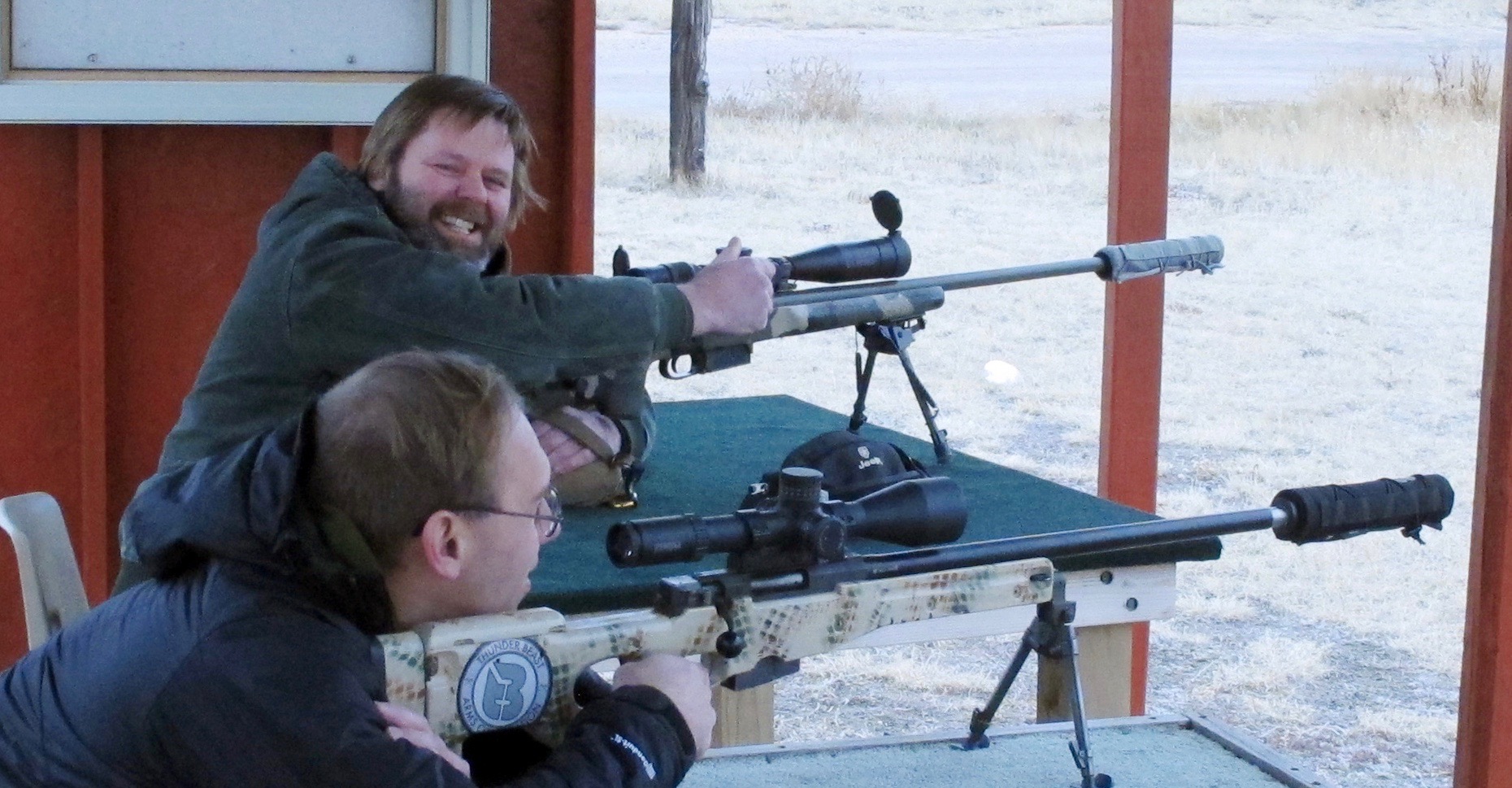I published a story on Monday that has generated some of the strongest pushback — indeed, ridicule — of anything I have reported for The Trace.
My piece examined how gun manufacturing trends influence the criminal market and what changes in the types of guns being produced might mean for public safety. Gun companies are producing a greater number of semiautomatic handguns of the sort used as police sidearms and military service weapons — those that shoot 9mm, .40, and .45-caliber bullets — than in decades past. They are selling them to civilians who increasingly buy firearms for the primary purpose of defending themselves from other people, and believe that more powerful guns will make them more safe.
The increasing prevalence of powerful guns also means that criminals encounter them, and acquire them, more often. I also found in my reporting evidence that illegal buyers prefer high-caliber guns for the same reasons as legal buyers.
Law enforcement officers are recovering more of these weapons at crime scenes, and fewer of the kinds of cheap, small guns that criminals favored during the crime waves of the late 20th century.
The story was based on publicly available data from the Bureau of Alcohol, Tobacco, Firearms and Explosives, which shows a sharp uptick in the number of high-caliber guns recovered by police in a short time period, just four years. The data makes clear that in the underground criminal market, the supply of semiautomatic handguns chambered to shoot 9mm, .40, and .45-caliber bullets is increasing faster than the supply of smaller calibers, like the .22.
Forensic evidence shows that larger bullets tear larger holes in human bodies, and thus are more likely to severely damage a vital organ or rupture an artery. Public health research indicates that an increasing number of people who get shot are dying from their wounds.
In an editorial on firearm news site Guns.com, Greg Camp said my article was “confusing.” Robert Farago of The Truth About Guns dismissed the piece as well. On his popular gun blog Bearing Arms, Bob Owens called the story “the second dumbest thing you’ll read about guns all day.” I’m not sure who crowded me out of the top spot.
Owens and others criticized my understanding of caliber and the gun industry’s last century and change of history. As they pointed out, the kinds of weapons at the center of my story have been around for more than a century. That’s true: the 9mm round was first designed in 1901, and the .45-caliber in 1904. My critics also argued that these rounds are far from the largest calibers available today. That’s also true: The weapons I wrote about don’t approach the power of the .50-caliber bullet shot by the Desert Eagle pistol so often favored by action movie villains.
As they made their criticisms, these gun writers did not engage with the point of my story. I never claimed that the calibers I wrote about were only recently invented, nor that they were the biggest rounds in history.
Rather, I pointed about that the production of more powerful handguns has surged, while production of others — revolvers and semiautomatic calibers considered too small for police sidearms, like .22, .25, and .32 — has grown comparatively slowly, or even withered away. The guns that make up an ever-greater share of the American arsenal often shoot larger, faster rounds than those weapons that are losing ground, and the handguns now most prevalent nearly universally accommodate higher capacity magazines.
I was ridiculed for noting these differences, cast as an ignorant fear-monger and outsider who lacked standing to comment on the gun world.
Ignored, in these critiques, are the public safety implications of a larger supply of more powerful guns flowing from the legal to the illegal market.
It seemed that they didn’t so much contest the conclusions I reached so much as they took offense that I would pose these questions about the relationship between the gun supply and crime in the first place.
But for those willing to look at the evidence, it’s not hard to make the kinds of connections I found.
When gun companies sell their wares to police forces and civilians, they tout these very qualities: Buy this gun because it will keep you safe. Safety is, of course, equated with the ability to incapacitate or kill adversaries. The qualities that guarantee safety are those that make it easier to kill: greater “stopping power” provided by faster, larger rounds, and more ammunition. The factors that makes these guns more effective — that is, deadly — are highlighted in the gun company’s own ad copy.
As gun advocates are so fond of saying, firearms are just tools. They function the same regardless of the moral character of the person wielding them. If certain models are more effective when used by police, they’re also more effective when used by criminals. And as the ATF data I cited in my story shows, different gun markets have converged as police, criminals, and law-abiding gun owners have come to favor the same kinds of firearms. Changes in the legal supply trickle down to the underground market. Practically, that means criminals are getting their hands on guns that are better at killing than they did in decades past.
We at The Trace strive to understand how the types of lethal instruments in Americans’ hands — all Americans, be they law enforcement, law-abiding civilians, or criminals — are changing, because that may have public safety implications. That’s a different framing than the Owenses and Faragos of the world adopt when they discuss the issue, and that’s fine. They are ardent enthusiasts, passionate advocates, and have a wealth of knowledge. But their command of technical details should give them some insight into what causes tens of thousands of Americans to die violent deaths every year. Instead, they wave that concern away.
[Photo: Shutterstock]

